Logic Exhibition – Vintage Synths Galore

Hideki Matsutake isn’t a household name in Japan, let alone the United States, but his influence on electronic music on both sides of the Pacific cannot be understated. He worked as the sequencer programmer on the first two Yellow Magic Orchestra albums, as well as many of the solo albums by Yukihiro Takahashi and Ryuichi Sakamoto. His skill with the notoriously difficult early synthesizers and sequencers of the 1970s no doubt helped YMO craft their sound. In turn, YMO served as a major influence to artists not just in Japan, but the world over. It’s hard to imagine a world with Human League’s “Don’t You Want Me Baby” without Yellow Magic Orchestra’s 1978 debut album to help lead the way.
In addition to his work with YMO, Matsutake is an accomplished solo performer under the name Logic System, and has also worked alongside countless musicians in Japan from the 1970s to present day. In celebration of his decades of accomplishment, he recently released the five disc retrospective Logic Chronicle, which demonstrates his amazing versatility across genres and sub-genres of electronic and rock music, from synthpop and dance music to avant-garde and prog. It’s an incredible collection and I highly recommend it.
To help promote its release, Matsutake held a major exhibition over the weekend, which included interviews and a concert performance. Sadly, I couldn’t make it to either of those, but I was able to swing by the pop-up store for it. I came there hoping to snag some obscure Japanese electronic music. I didn’t expect to see the actual instruments used to help invent synthpop.
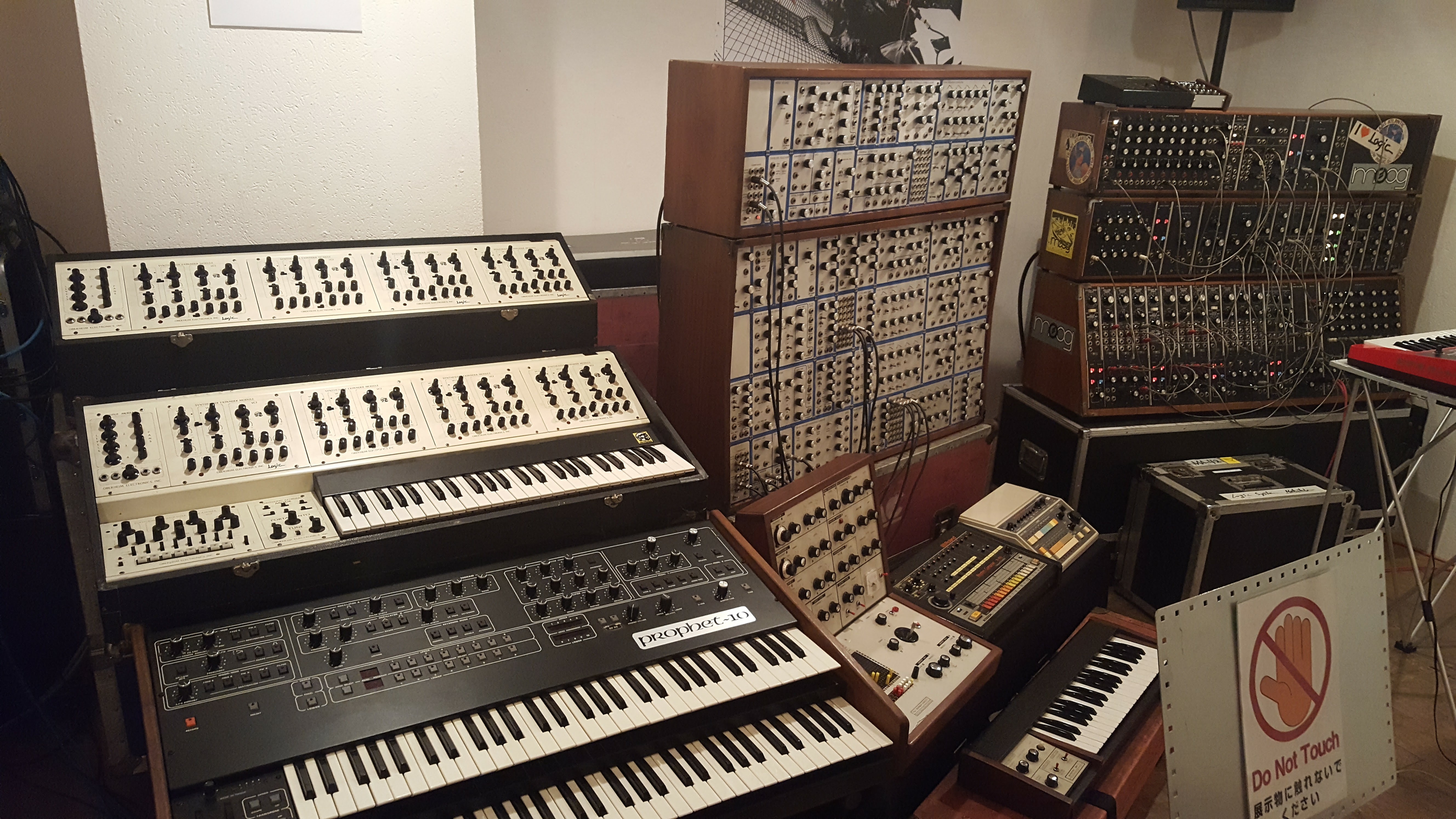
That’s much of the equipment that Matsutake used during the recording of Yellow Magic Orchestra’s first two albums. His original sequencers, keyboards, drum machines and so on.
Holy shit.
These are the original instruments that were used to compose and perform some of the most influential and important synthpop in the history of the world. Synthpop as we know does not exist without the equipment you’re looking at right there.
Hence the holy shit.
Those sequencers are original Moog modular systems, which came out in the late 60s. Composing music on them was a feat in itself, and the fact that Matsukate performs with them live on stage is a testament to his prowess both as a musician and technician (they’re notoriously hard to use in a live environment).
The machine on the left that slightly resembles a lite-brite is a EMS VC3, another super-early synthesizer unit. You’ve heard one before on The Who’s “We Won’t Get Fooled Again.” It’s good at making nifty space noises. Next to that is an 808, the godfather of drum machines and second only to the Technics 1200 in terms of importance in forming modern club and dance music. We wouldn’t have EDM without that. Pure and simple. Next to that is another Roland product, The CR-5000. It’s not as influential or important as the 808, but still an interesting piece of vintage synth.
The keyboards are something else as well. That’s a Prophet-10, a massive synthesizer that was used by all sorts of artists in the 80s, such as the Pet Shop Boys, Tangerine Dream, and John Carpenter. I sadly don’t know what the additional synths strapped atop it are.
And to the side there was even more. The MC-4 was an early example of a microprocessor-based synthesizer, and was used all through the 80s and into the 90s by artists like Kraftwerk and Depeche Mode. Telling of its era, it had no system memory. They sold a special tape recorder for that.
It wasn’t all just synths and sequencers, the exhibit also showcased a few of Logic System’s more outstanding album artwork. The sleeve art for his fantastic album Venus was given an exceptional amount of attention, with some pieces of the original artwork even on display.
If you’re interested in getting into Matsutake’s music, then you should probably start with the albums he did with YMO, their self-titled debut and the follow-up, Solid State Survivor, are easy enough to find and I highly recommend them. He also pops up on a few solo releases by YMO members. He’s on Yukihiro Takahashi’s Murdered By The Music, as well as his Neuromatic album. Both are fantastic. Also check out Ryuichi Sakamoto’s B-2 Unit. It’s an aggressive, uncompromising record, but well worth any effort you put into it.
He also shows up on a few albums by YMO associates. Look for records by Susan, Raijie, and Sandii (the early ones from the early-80s) and you’ll probably find some choice cuts with Matsutake.
Unfortunately, some of his best albums are the hardest to find. But if you can hunt them down, I highly recommend his 1981 albums Venus and Logic. Both are beautiful examples of early 80s electronic music, and exhibit a shocking diversity with excursions into ambient soundscapes and catchy synthpop dance tunes. His 2003 album Patch Work is also pretty good.
You could also just head over the YouTube and search for either Hideki Matstutake or Logic System. There’s a lot on there, and a lot of it seems to have been up for a long time, so the copyright police are happily slacking off in this instance. However you manage to listen to his music, seek it out. Matsutake is an unsung hero of modern electronic music and worthy of more attention.
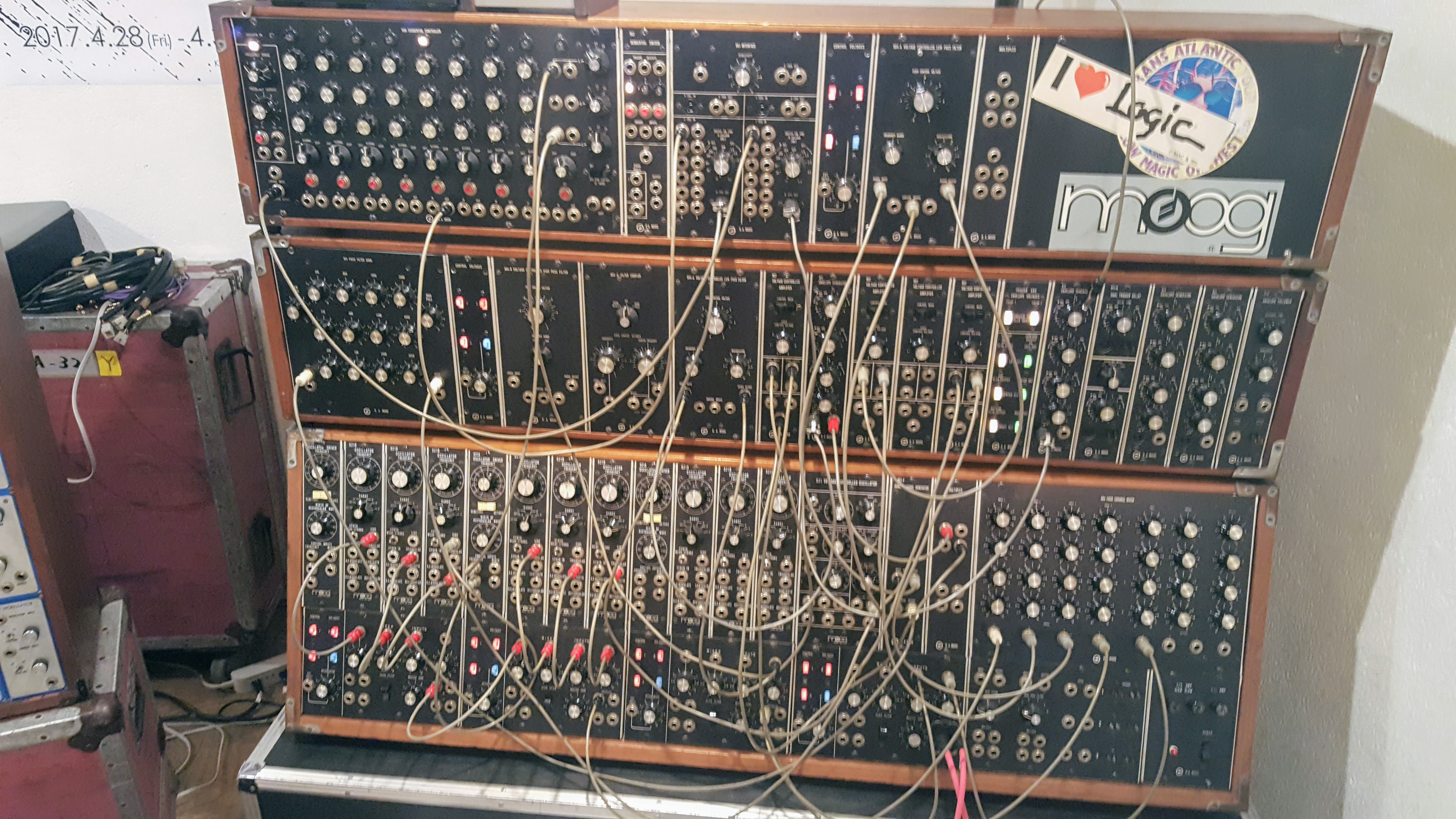

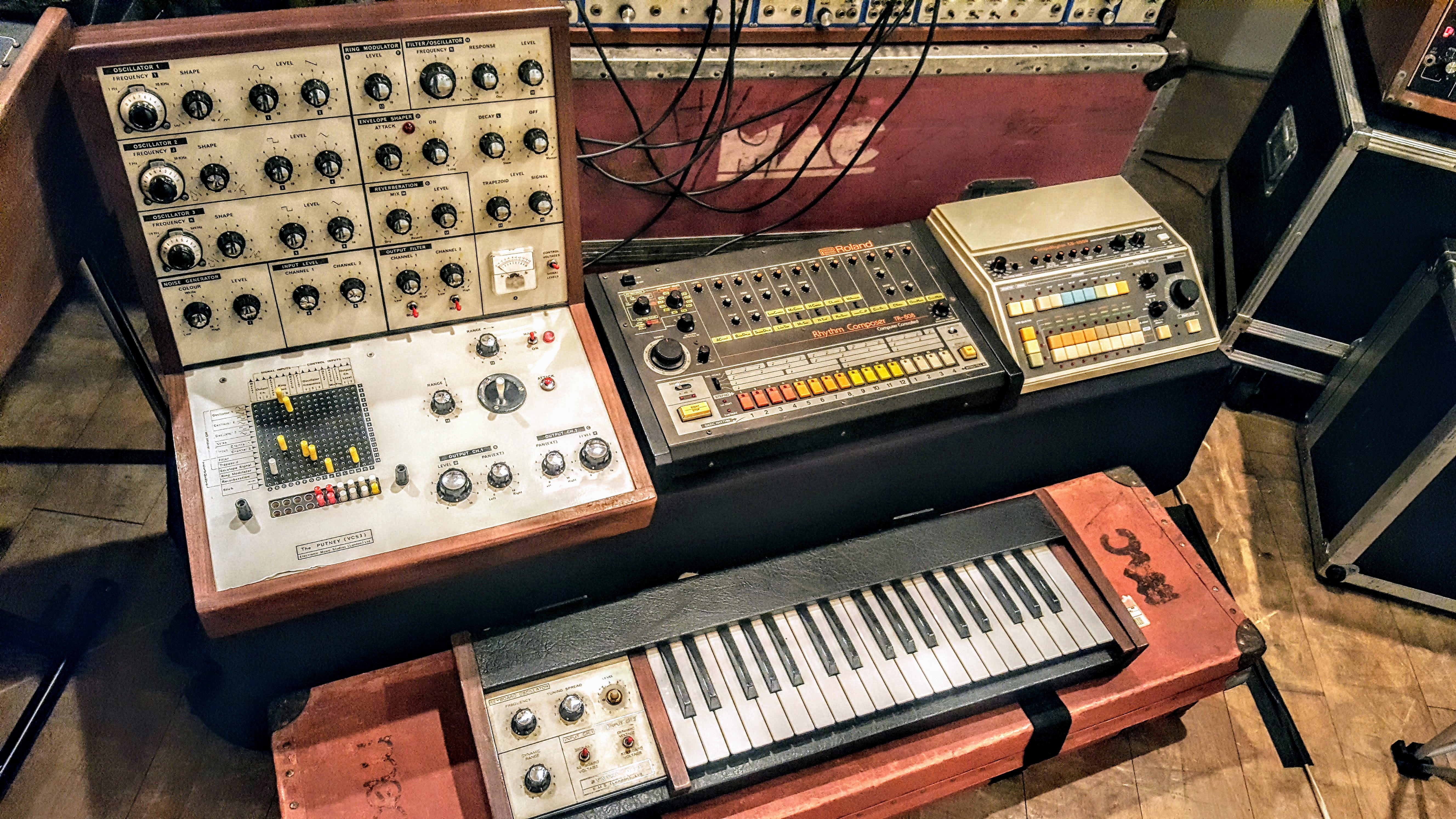

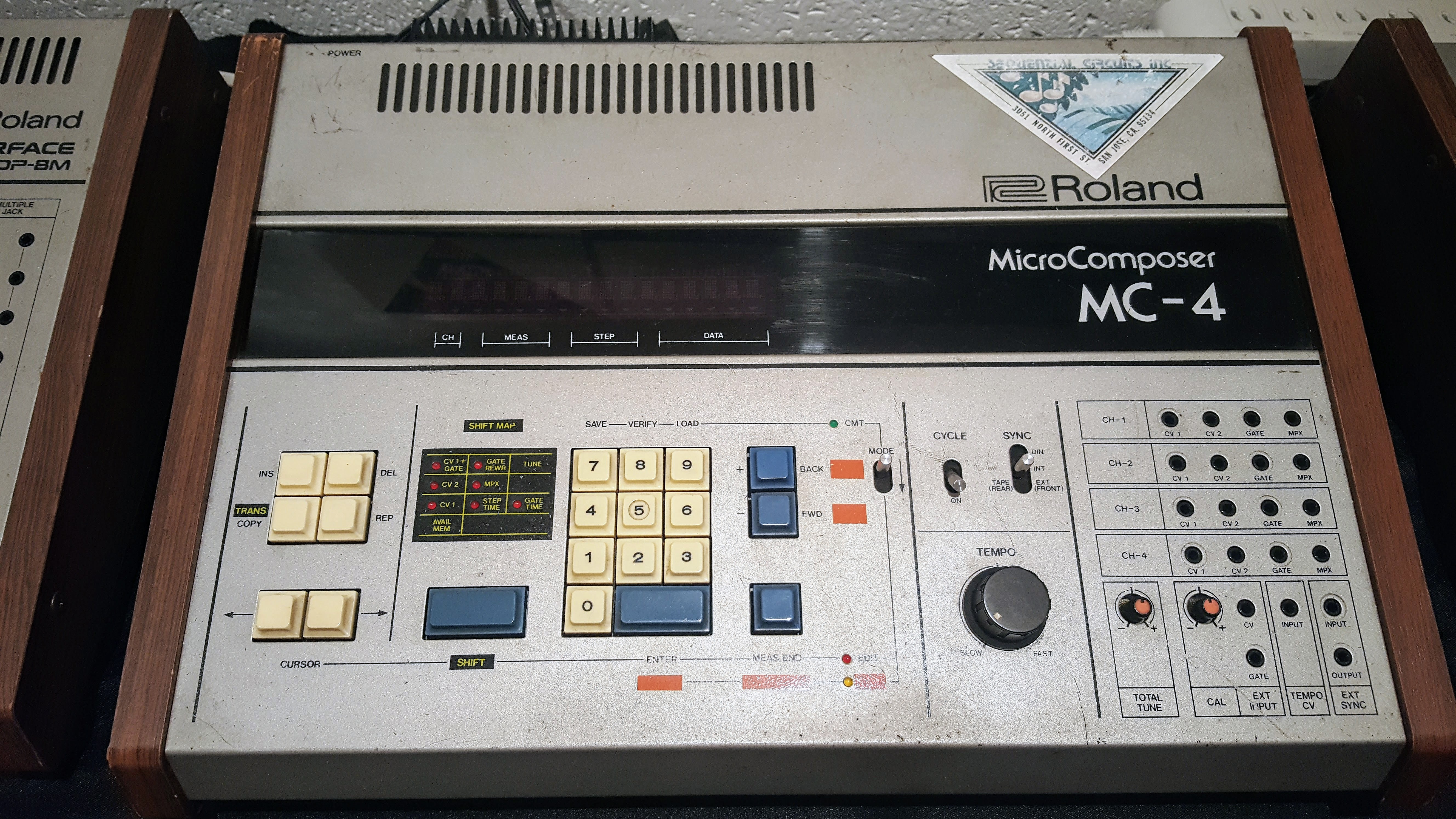
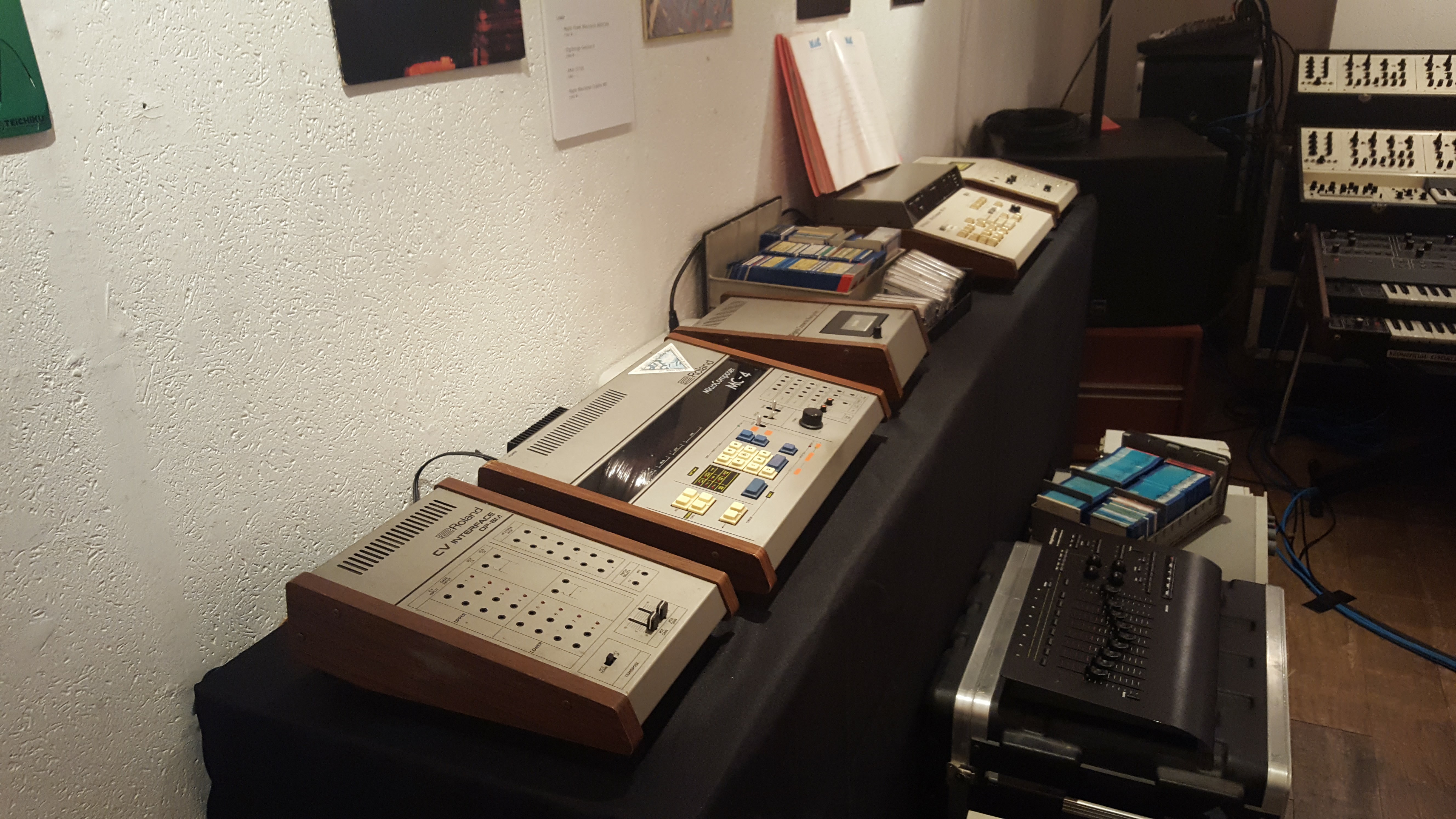
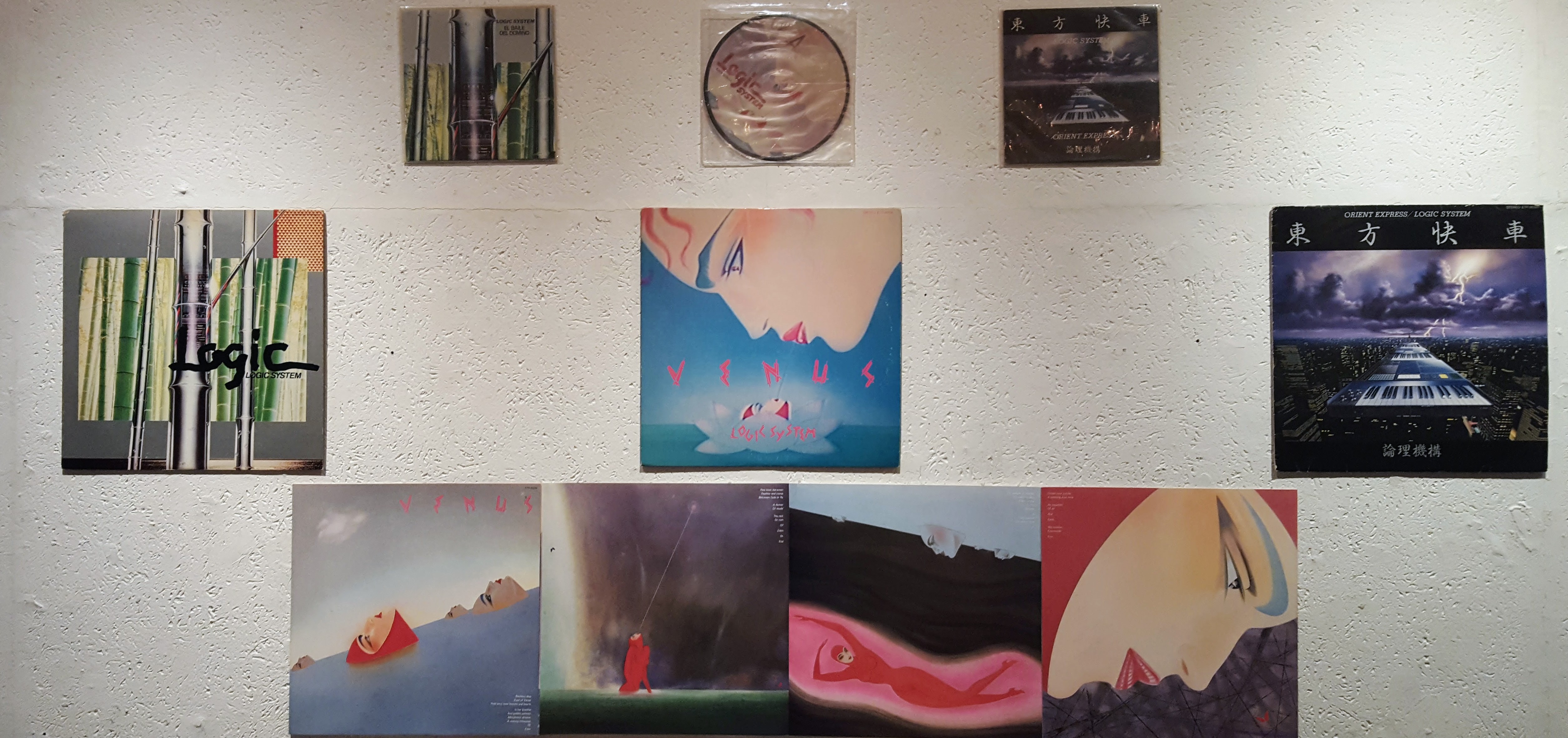
Leave a Reply